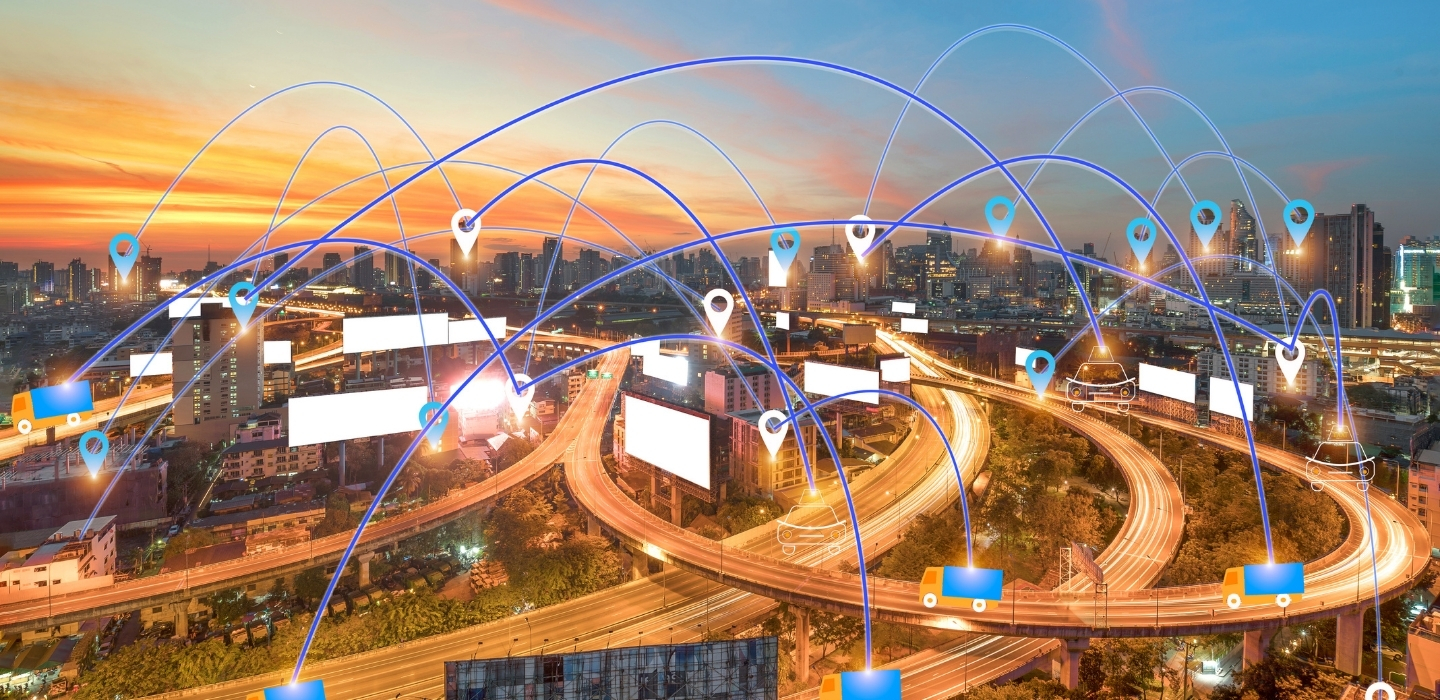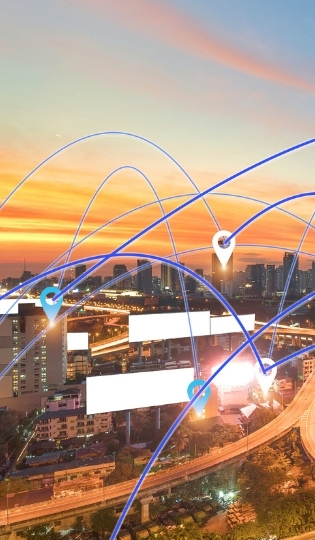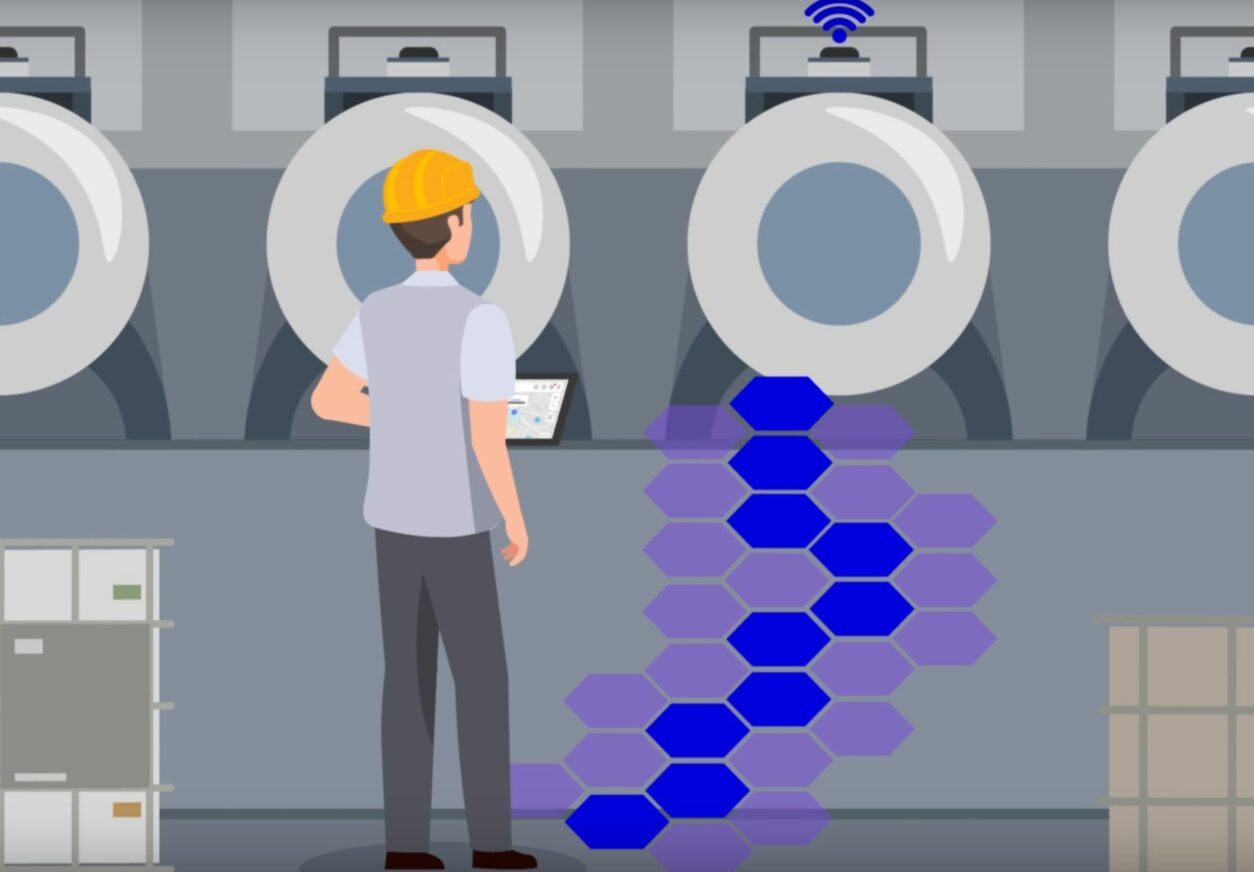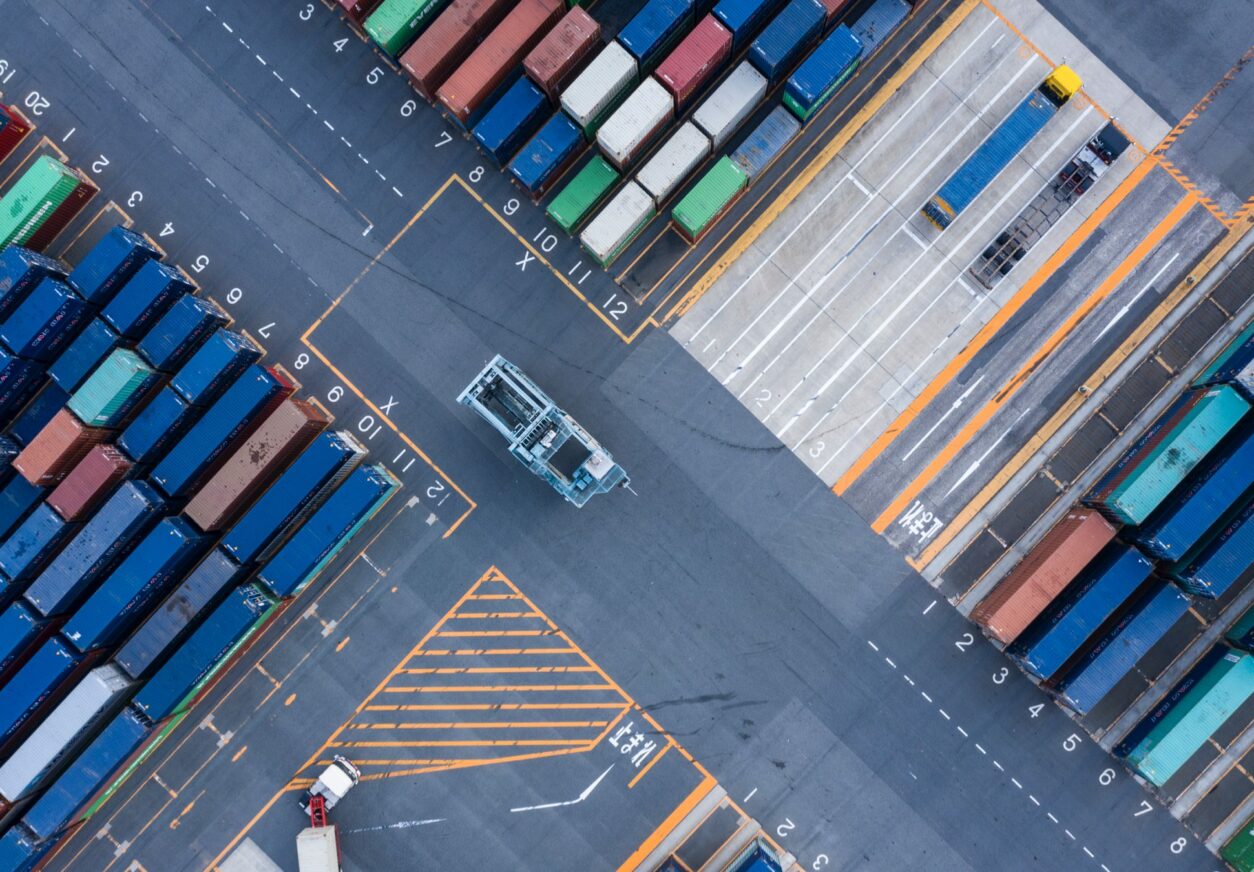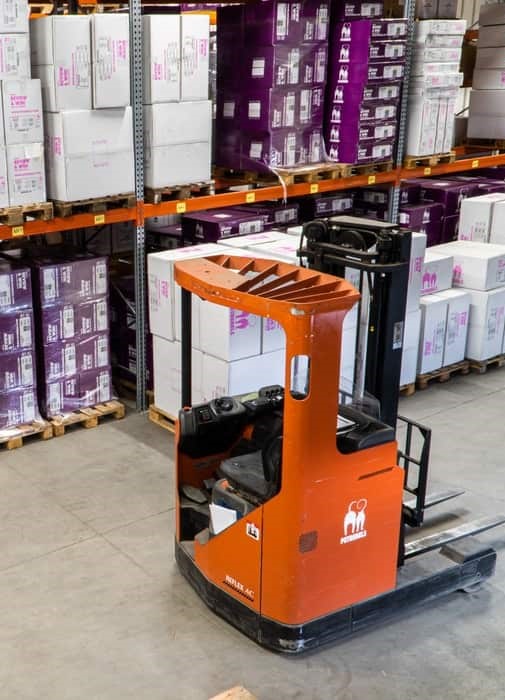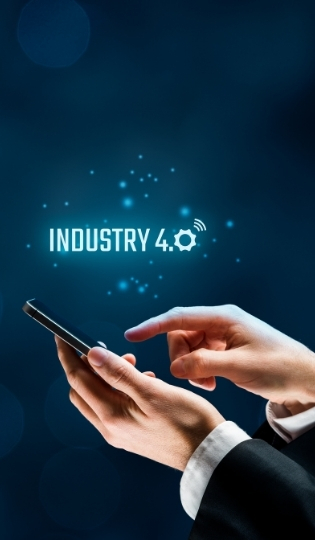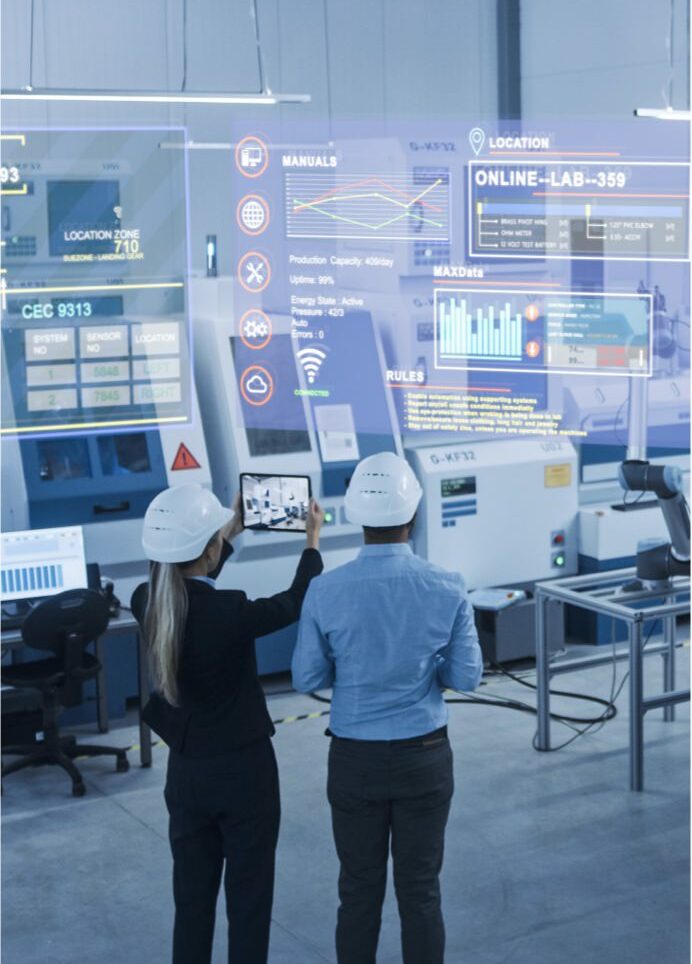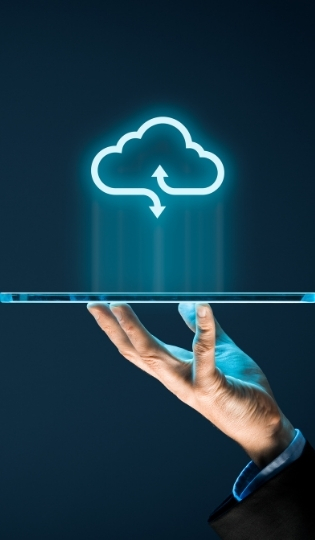Since the 2000s and the democratization of the Internet, many companies have turned to a total digitization of processes, otherwise known as Logistics 4.0.
This increased digitalization aims at improving overall services by ensuring the collection of massive information.
It allows to integrate the customer in the heart of the supply chain and to significantly improve the competitiveness of companies.
This approach turns to a dematerialization of documents, an automation of the processes of registration of entry and exit of stocks and various solutions of localization such as the Geofencing.
Definition of Geofencing
Geofencing is a technology that allows to define virtual geographical barriers, manually defined by the software administrator.
When the device on which the software is running, usually a smartphone, enters or leaves the zone thus indicated, an alert is issued.
This technology is made possible thanks to different geolocation technologies such as beacons, small Bluetooth beacons that emit short-range radio waves.
What is the use of Geofencing?
Geofencing allows real-time visibility, which is a performance lever for the supply chain 4.0.
The usefulness of Geofencing lies in the importance of accurate and reliable predictive information for customers.
For example, tracking delivery status is becoming a competitive issue, especially in this period of health crisis.
The hazards and uncertainties of events are pushing companies to adopt Geofencing to adapt resources and warn customers.
Geofencing: the key tool for continuous improvement
Geofencing has emerged in recent years as a key tool for lean management in a context of hyper-connectivity in companies.
This tool allows to reach some of the objectives of the supply chain 4.0 by providing a gain in organization, transparency, collaboration, quality of service and customer satisfaction.
Geofencing by Zozio
Based on the Ultra Wideband geolocation technology, Zozio’s solution also offers geofencing services.
This allows our customers to receive alerts from Zozio’s platform if a certain asset (mobile tank, truck, handling equipment or other) passes in a certain area of their plant.
The use of geofencing instead of more accurate geolocation saves the consumption of beacons in cases where locating an asset to within 10 centimeters is not necessary.
Geofencing and its applications
Geofencing can be used in many different contexts.
First of all, it can be used by companies with fleets of vehicles, such as postal services or commercial services, who wish to improve efficiency and productivity while complying with legislation.
Fleet management allows the life cycle of a company vehicle to be controlled.
Geofencing is also used in human resources management, for example to ensure that an employee does not enter an unauthorized area.
Geofencing is also used in marketing, to send push notifications to users when they enter a given geographical area.
This is to drive customer consumption by sending them targeted advertisements or promotional offers.
In this case, it is called Geomarketing.
How to run a successful Geomarketing campaign?
To carry out a successful Geofencing campaign, the message sent must not be a simple advertisement, but a relevant “call-to-action”.
The timing of the message must be carefully considered, so that it is sent at a relevant time in the customer’s day.
In addition to increasing the chances that the customer will be sensitive to the ad, this will prevent them from feeling the intrusiveness of Geofencing.
It is important to be clear and transparent with the customer.
Finally, it is advisable to collect useful data as the campaign progresses and then process it to use the experience for continuous improvement
Written by Emma Guignard
